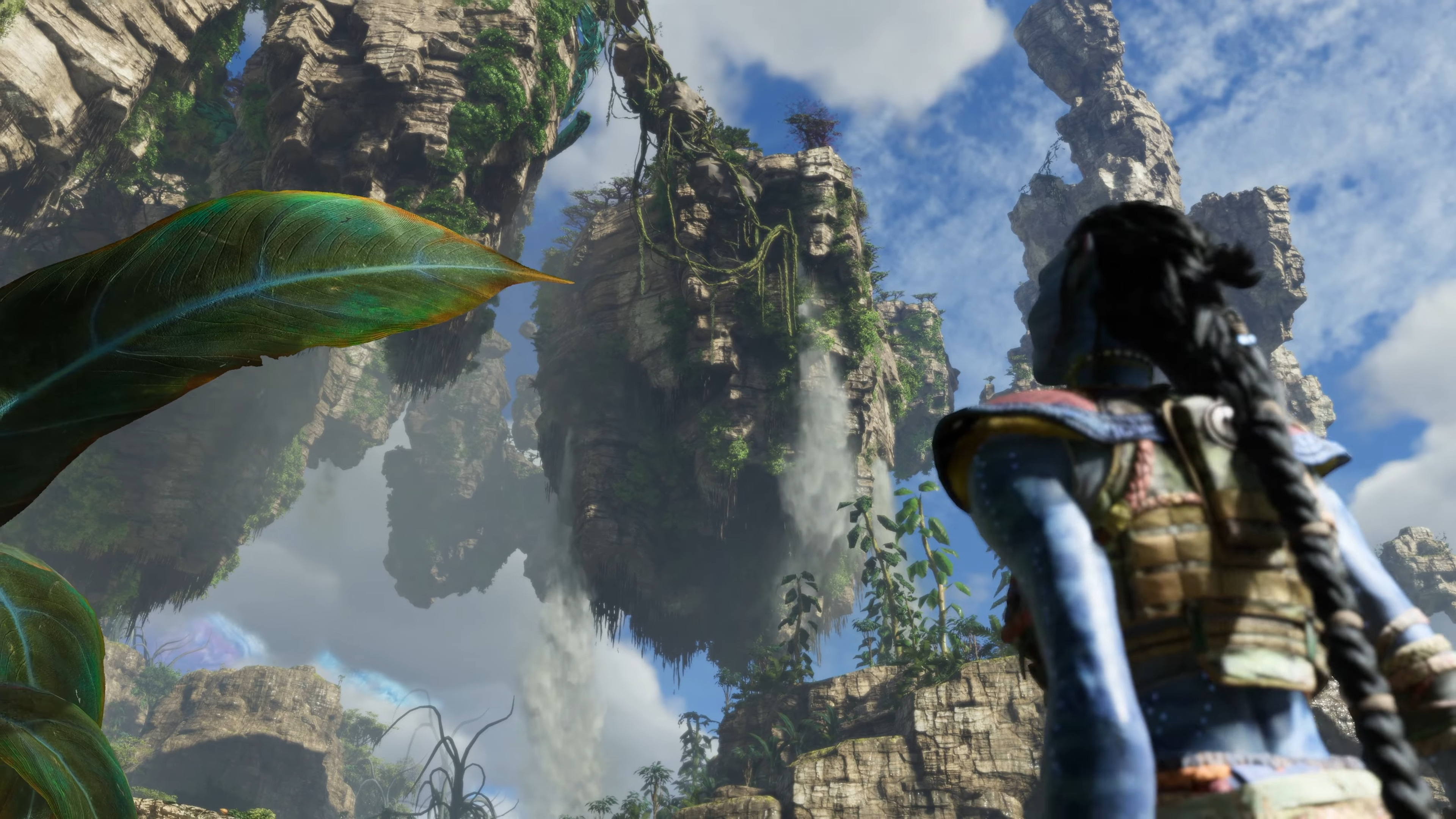AMD has released a new version of its FSR (frame generation) feature for boosting frame rates – and made the tech open source to boot.
VideoCardz spotted AMD’s announcement: “We are very excited to share with you the latest version of AMD FidelityFX Super Resolution 3 (FSR 3) technology on GPUOpen, complete with full source code for DirectX 12 and Unreal Engine 5.”
The omission here is Vulkan which isn’t yet ready.
AMD’s new FSR version 3.0.3 brings in overall improvements in quality, and better performance with V-Sync on high refresh rate monitors.
The freshly released Avatar: Frontiers of Pandora is the latest game to support FSR 3 – and only the third title so far – but the good news is that it shows considerable improvements over the first two implementations of the tech (Forspoken, Immortals of Aveum).
At least going by anecdotal observations, it runs much better in Avatar, whereas FSR 3 was initially pretty disappointing in the first two games, and a long way behind DLSS 3.
Analysis: More support overall and modding possibilities
It seems AMD is now catching up with Nvidia (though note that Team Green has since pushed on itself, with the release of DLSS 3.5).
It’s great to see the DLSS rival advance, of course, not to mention AMD being open with the tech and releasing it to allcomers as open source. Now any game dev can pick this up and get it in their game, with stepping up from FSR 2 not being that big a leap (we’re told).
In theory, modders could also take on the task of unofficially incorporating support for some games, albeit that isn’t the same as the devs doing it, of course. The upshot is the move to open source should mean more FSR 3 support in games going forward, both official and unofficial.
And we’re already starting to see support grow, at least in terms of promised games that are getting FSR 3. We note that Starfield is getting support for FSR 3 early next year, and some Warhammer games have been announced, including Darktide.
There’s been very much a feeling of AMD rushing out FSR 3 to compete with Nvidia and not seem left lagging behind after DLSS 3 was unleashed, but it seems like Team Red is genuinely starting to catch up with its rival now. Even if, as noted, DLSS recently progressed with version 3.5 and another new feature, ray reconstruction, which is a promising addition indeed.
